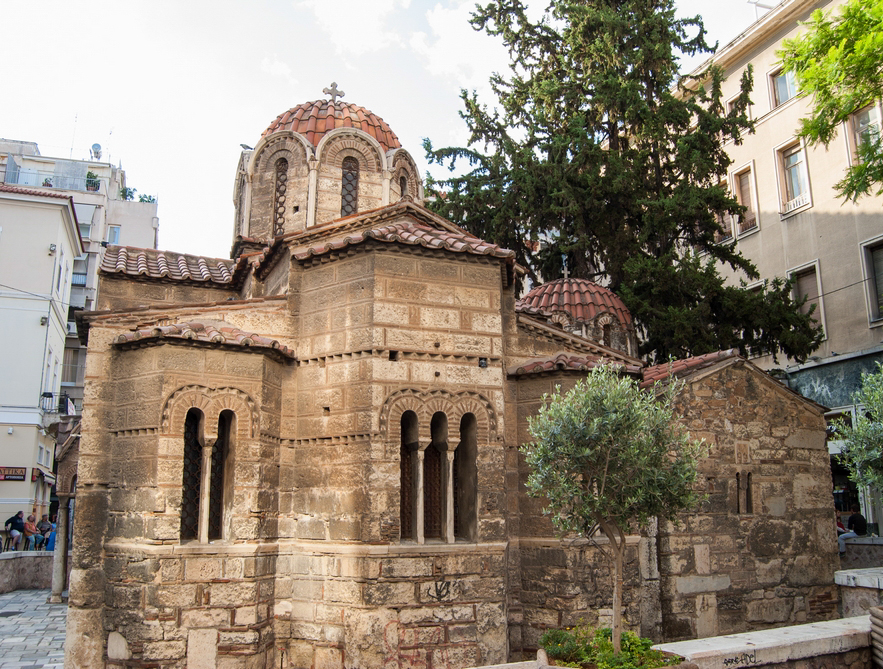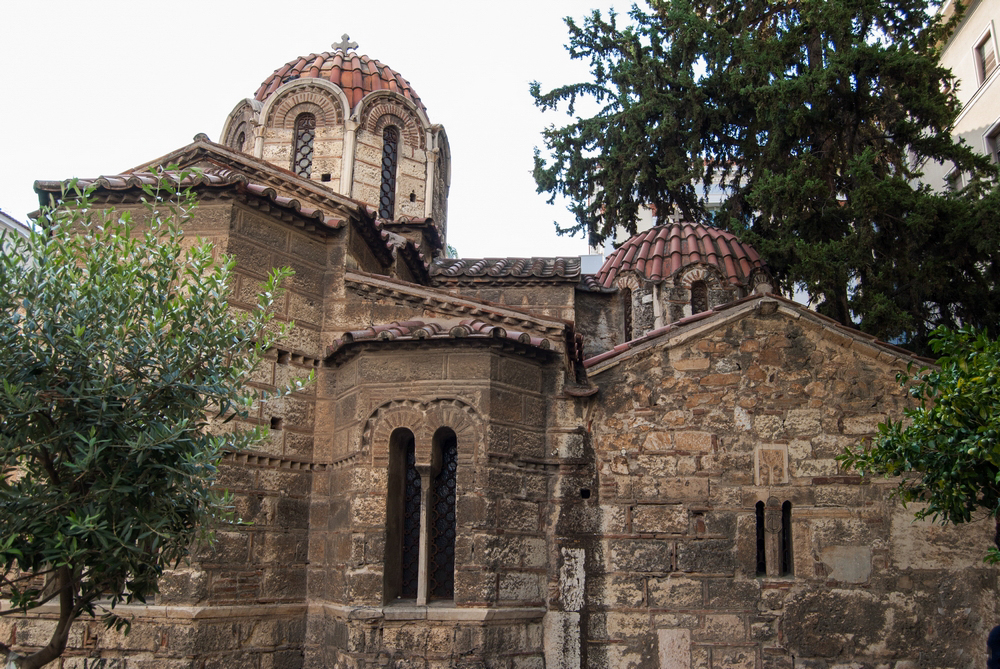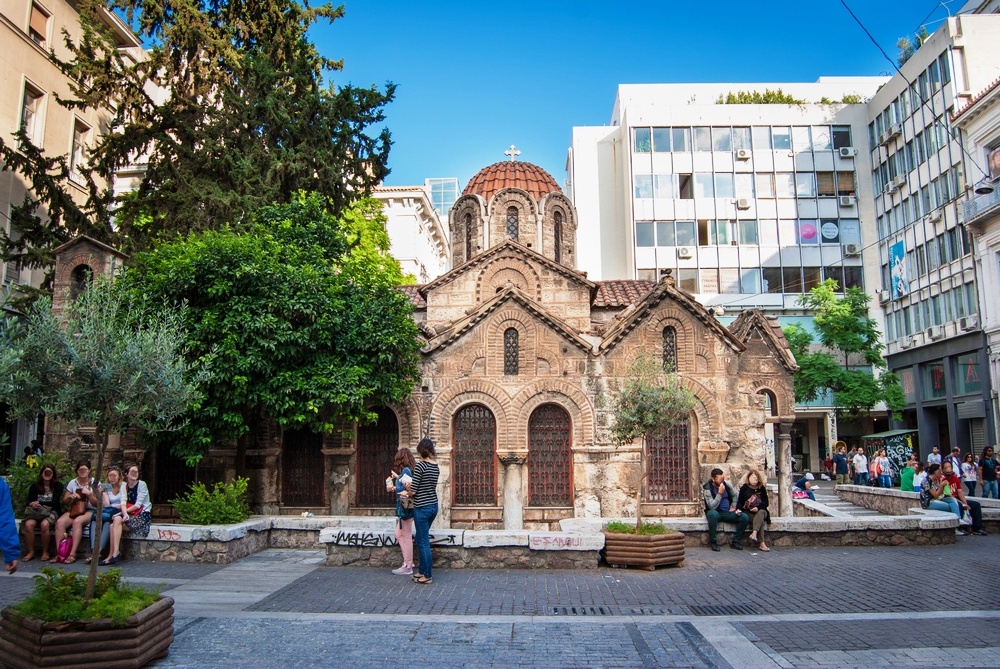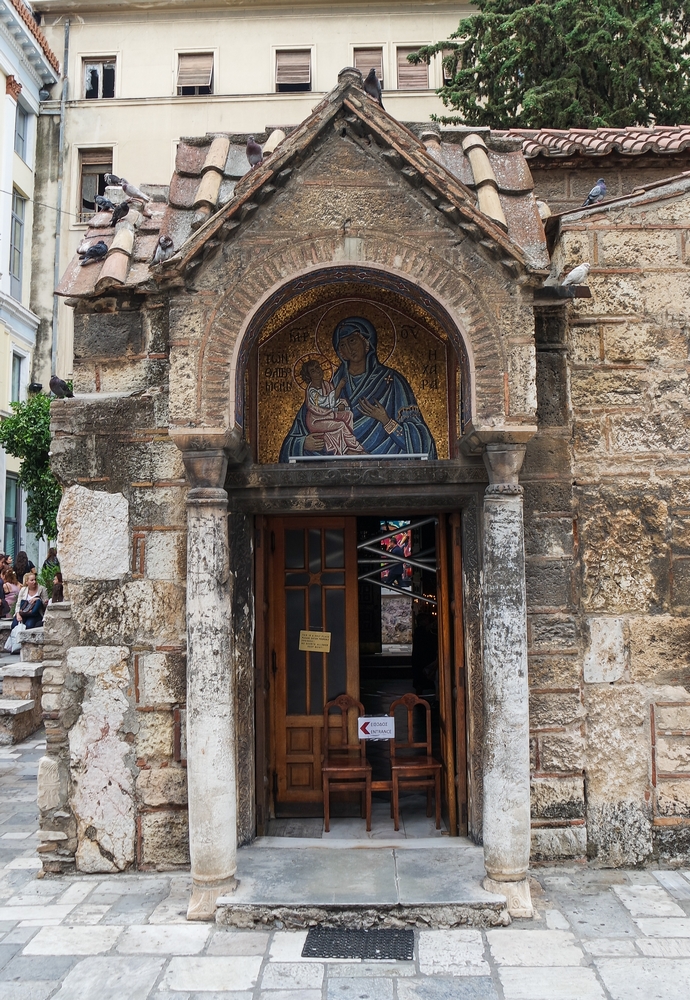Kapnikarea
Kapnikarea is a Byzantine church on Ermou Street and is dedicated to Virgin Mary.
Location
Timeline
Modern and Contemporary era (1821 - )
1826 Suffered serious damage.
1834 It nearly was demolished because it stood in the middle of Ermou Street. It was saved thanks to the intervention of King Otto's father, Louis of Bavaria.
1863 It nearly was demolished again, but was saved thanks to parishioners.
1935 It belongs to the University of Athens.
1942 Beginning of the interior frescoes by Fotis Kontoglou and his students.
Ottoman era (1453- 1821)
Byzantine era (331 AC- 1453)
In the mid 11th century the main church was built.






Share